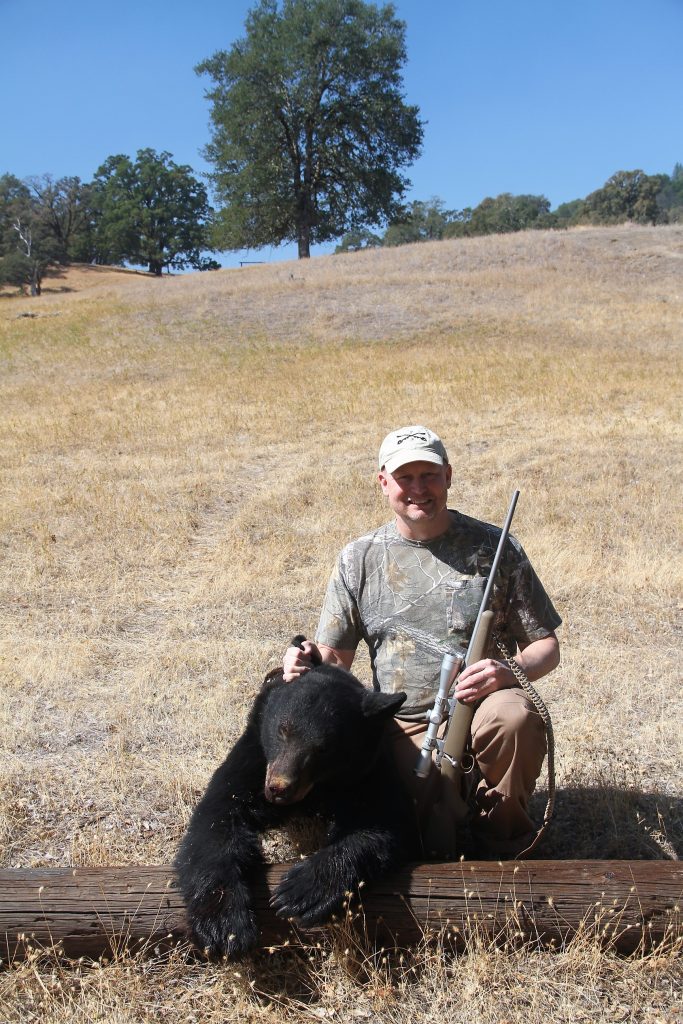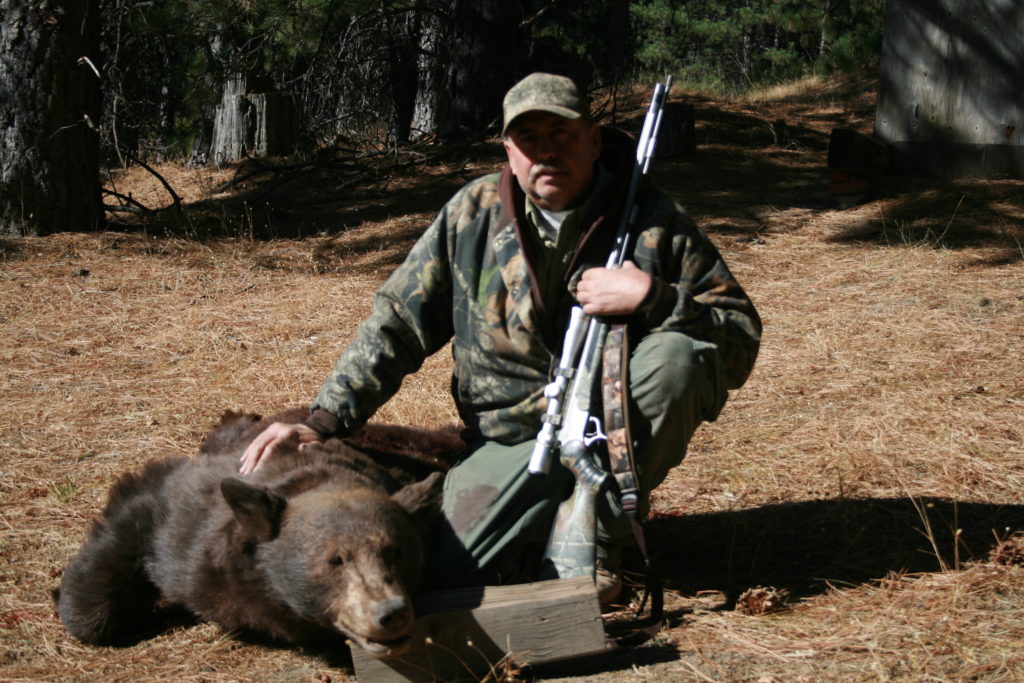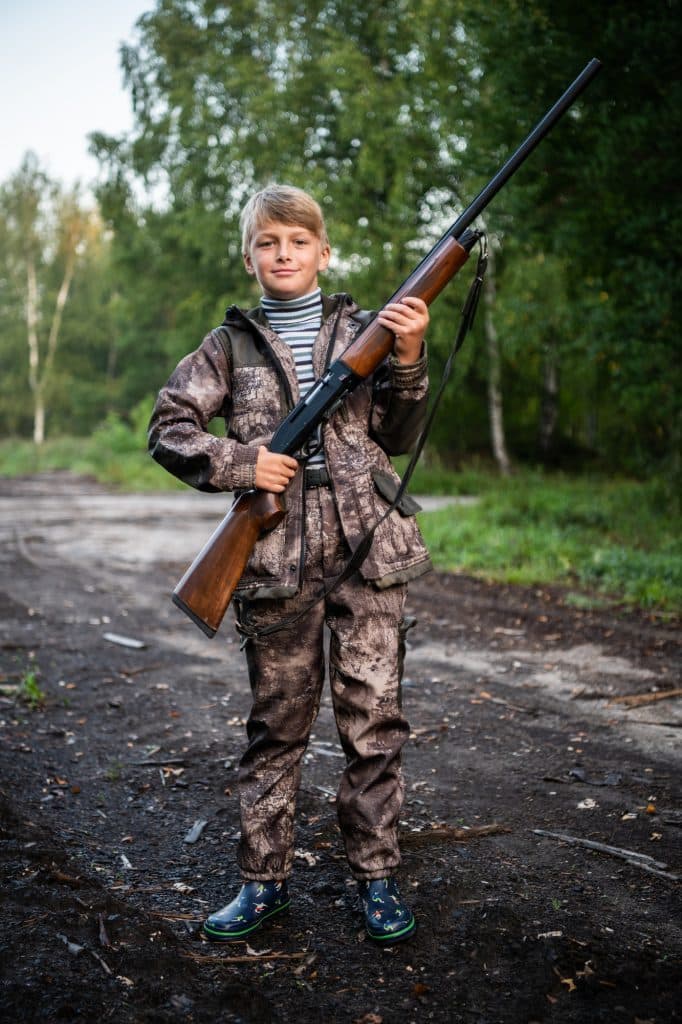Hunting black bear is a pursuit that tests a hunter’s skill, patience, and understanding of the wild. It’s an adventure that draws thousands to the backcountry each year, seeking the challenge and reward of tracking one of North America’s most impressive animals. For those new to the sport, the journey can seem daunting. What gear do you need? What are the best techniques? How do you stay safe?
This guide is your complete resource for getting started. We’ll walk you through everything from understanding bear behavior to selecting the right equipment and adhering to ethical hunting practices. By the end, you’ll have the foundational knowledge needed to plan your first black bear hunt responsibly and confidently. Ready to take on the ultimate hunting challenge?
Understanding Black Bear Behavior
Success in bear hunting starts long before you enter the field. It begins with a deep understanding of your quarry. Black bears are intelligent, adaptable creatures, and knowing their habits is the best tool in any hunter’s arsenal.
Habitat
Black bears are found in a wide range of environments, from dense forests and swamps to mountainous regions across North America. They thrive in areas with thick cover, which provides security and ample food sources. When scouting, look for forested areas with a mix of hardwoods like oak and beech, which produce mast (nuts and seeds), and dense undergrowth for cover. Bears often use established travel corridors, such as creek bottoms, old logging roads, and ridgelines.
Diet
Black bears are omnivores with a diet that changes seasonally.
- Spring: After emerging from their dens, bears are hungry. They feed on new green vegetation, grasses, and winter-killed carcasses.
- Summer: Their diet shifts to include berries, insects, and grubs. They are particularly fond of soft fruits as they become available.
- Fall: This is a critical time as bears enter a phase called hyperphagia, where they eat voraciously to build up fat reserves for winter hibernation. They focus on high-calorie foods like acorns, beechnuts, and crops if available.
Knowing what bears are eating in your area at a specific time of year will tell you where to find them.
Habits
Black bears are generally most active at dawn and dusk, a pattern known as being crepuscular. However, they can be active at any time of day, especially in remote areas with little human pressure or during the fall when they are feeding heavily. They have an exceptional sense of smell—often cited as being many times better than a bloodhound’s—which is their primary tool for locating food and detecting danger. Their eyesight is comparable to a human’s, and their hearing is also acute.
Essential Gear and Equipment
Having the right gear is crucial for a successful and safe hunt. While you can spend a fortune, focusing on quality essentials will serve you best.
Weapon of Choice
Your primary choice is between a rifle, a bow, or a muzzleloader.
- Rifle: A caliber of .30-06, .300 Win Mag, or 7mm Rem Mag is more than adequate for black bears. Choose a well-constructed bullet designed for deep penetration.
- Bow: For archery hunters, a draw weight of at least 50 pounds is recommended. Use sharp, high-quality broadheads, either fixed-blade or mechanical, to ensure a quick, ethical kill.
- Muzzleloader: A .50 caliber muzzleloader is a popular and effective choice.
Practice is paramount, regardless of your weapon. You must be confident in your ability to make an accurate shot under hunting conditions.
Clothing and Packs
Layering is key. Wear moisture-wicking base layers, an insulating mid-layer like fleece or down, and a waterproof, windproof outer layer. Camouflage patterns that match the terrain are beneficial, but staying still and silent is even more important.
- Boots: Invest in a pair of comfortable, waterproof, and well-broken-in hunting boots.
- Pack: A quality daypack is needed to carry your essentials, including water, food, first-aid supplies, navigation tools, and field dressing equipment.
Other Must-Haves
- Optics: Binoculars are vital for spotting bears from a distance. A rangefinder is also invaluable for confirming shot distances, especially for archers.
- Field Dressing Kit: This should include a sharp knife, a bone saw, and game bags.
- Scent Control: Use scent-eliminating soaps and sprays to minimize your human odor.
- Navigation: A GPS unit or a reliable smartphone app, along with a traditional map and compass, is essential.
Proven Hunting Techniques
There are three primary methods for hunting black bears. The best one for you will depend on your location, local regulations, and personal preference.
Baiting
Where legal, hunting over bait is the most common and effective technique. It involves establishing a bait site with foods that attract bears, such as pastries, grains, or commercial bear attractants. The goal is to condition bears to visit the site regularly during legal shooting hours. This method allows you to be selective and wait for the right bear and a clear shot from a stand or ground blind.
Spot-and-Stalk
This thrilling method is popular in open, mountainous terrain. It involves using optics to locate a bear from a distance and then planning a stalk to get within shooting range. Success requires patience, physical fitness, and a mastery of wind direction, as a bear’s nose is its greatest defense.
Hunting with Hounds
In states where it’s permitted, hunting with a trained pack of hounds is a traditional and action-packed method. The hounds track a bear’s scent and tree it, holding it at bay until the hunter arrives. This technique requires well-trained dogs and experienced handlers.
Safety and Regulations
Your safety, and the safety of others, should always be your top priority.
Bear Awareness
Always be aware of your surroundings. Make noise while hiking to avoid surprising a bear. Carry bear spray and know how to use it, especially in areas with grizzly populations. If you encounter a bear, do not run. Stand your ground, make yourself look large, and speak in a calm but firm voice.
Shot Placement
An ethical and safe hunt ends with a quick, clean kill. The most effective shot placement for a bear is the vital heart-lung area, located just behind the front shoulder. A broadside or slightly quartering-away shot offers the best angle. Never take a shot you are not confident in.
Licensing and Laws
Hunting regulations vary significantly by state and even by specific management units. It is your responsibility to know and follow all laws. This includes:
- Licensing: Purchase the correct licenses and tags for the season.
- Legal Methods: Understand the legal hunting methods, shooting hours, and baiting restrictions in your area.
- Tagging and Reporting: Follow all procedures for tagging and reporting your harvest as required by your state’s wildlife agency.
The Importance of Ethical Hunting
Ethical hunting is about showing respect for the animal and the environment. This means adhering to the principles of fair chase, which is the ethical pursuit of a game animal that gives it a reasonable chance to escape. It also means utilizing as much of the harvested animal as possible. Bear meat is excellent when properly cared for, and the hide can be tanned as a lasting trophy.
Your Adventure Awaits
Hunting black bear is a challenging but immensely rewarding experience that connects you to the wild in a profound way. By preparing diligently, understanding your quarry, and hunting with respect, you can embark on this adventure safely and ethically. Are you ready to put your skills to the test? Start planning, get out there, and hunt responsibly.


